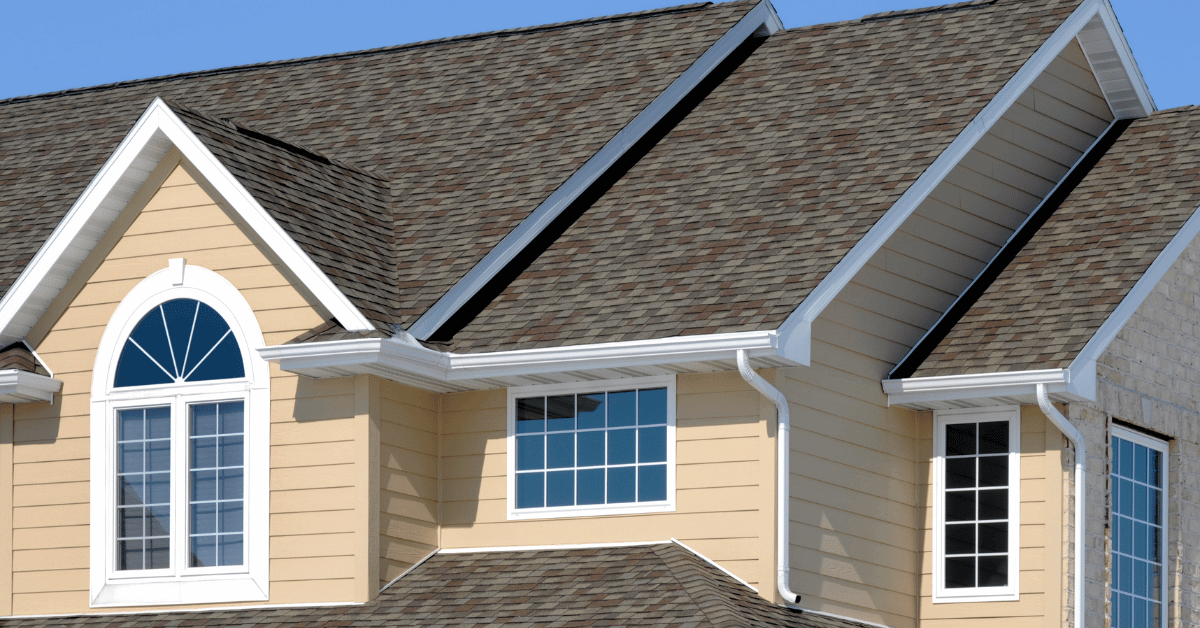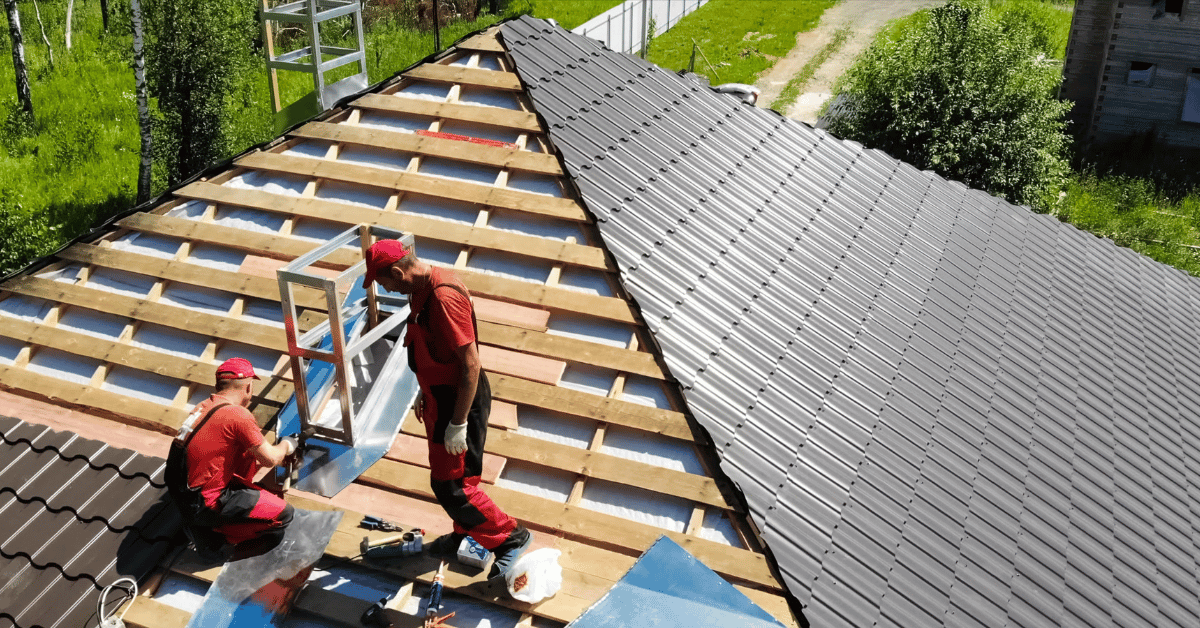Gable roofs are a cornerstone of traditional residential architecture, known for their timeless appeal and functional design. Characterized by their triangular shape, they are not only a symbol of the classic American home but also offer practical advantages for a variety of climates and styles. This guide delves into the essence of gable roofs, describing their structure, benefits, potential drawbacks, and how they compare with other popular roofing types like the hip roof.
On This Page
What Is a Gable Roof?

What Are the Benefits of a Gable Roof?
- Excellent Drainage: The sloping design prevents water and snow accumulation, reducing the risk of leaks and structural damage.
- Cost-Effective: Gable roofs are relatively inexpensive to build when comparing them to more complex roof types, making them a budget-friendly option.
- Additional Space: Their structure allows for more attic space or vaulted ceilings, offering extra room for storage or living spaces.
- Better Ventilation: The design facilitates air flow in the attic space, helping to regulate temperature and prevent moisture buildup.
What Are the Disadvantages of a Gable Roof?
- Wind Vulnerability: Gable roofs may be susceptible to damage in areas with strong winds if they are not built correctly, especially if the roof pitch is steep.
- Aesthetic Simplicity: While classic, the straightforward design of gable roofs may lack the architectural interest desired in modern homes.
- Structural Limitations: In very wide buildings, the gable roof may require additional support to prevent sagging or collapse over time.
Gable Roof Types
Open gable
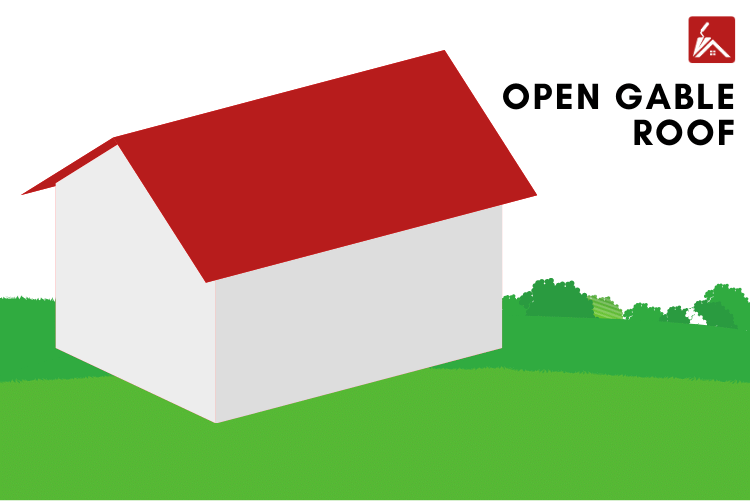
Box gable
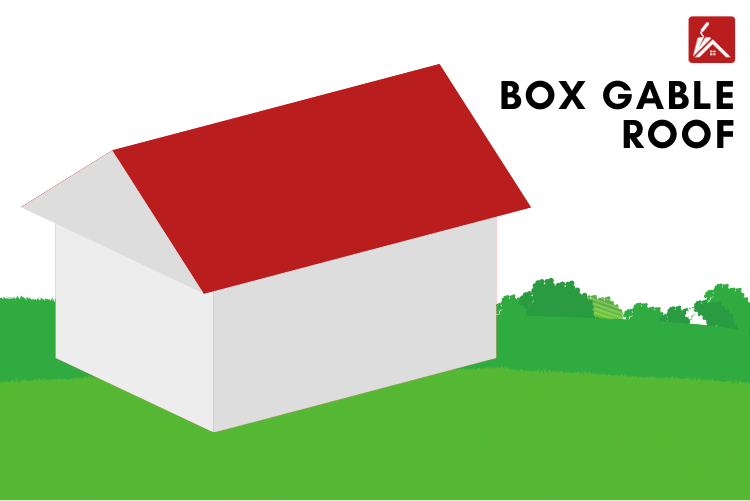
Cross gable
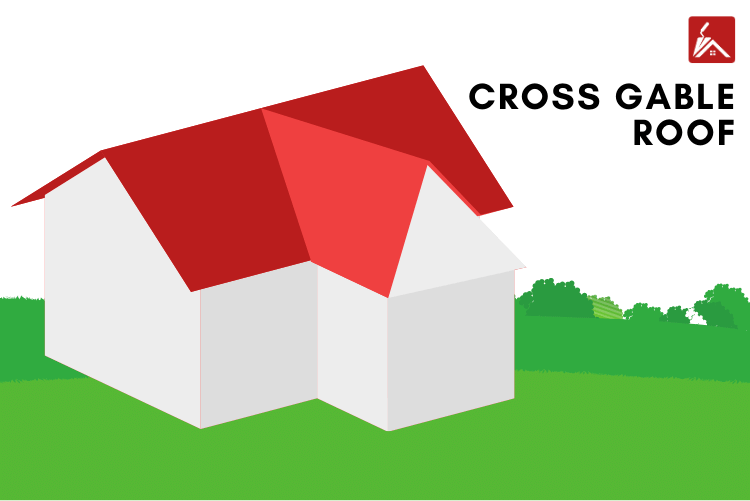
Gambrel

Saltbox gable
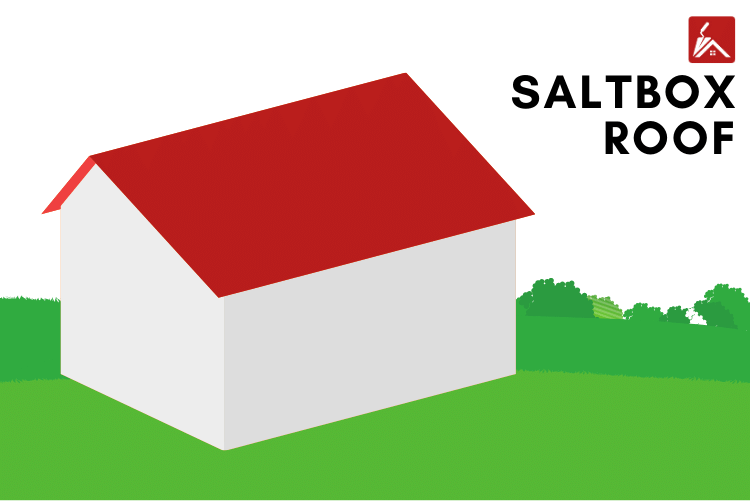
Dutch gable
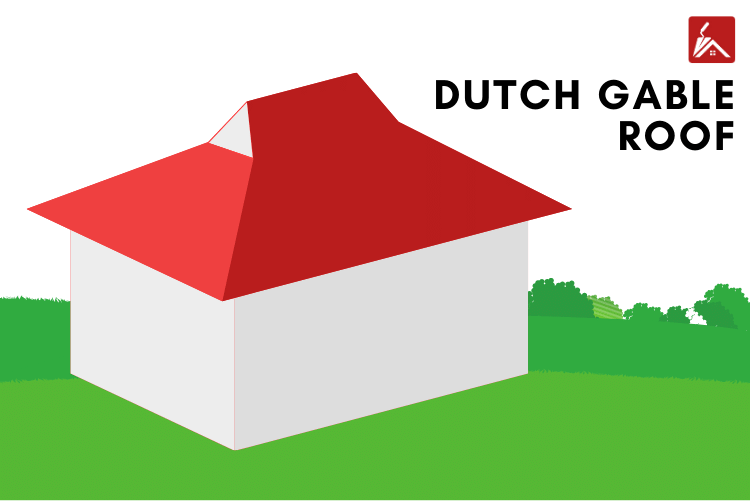
Gable Roof vs Hip Roof
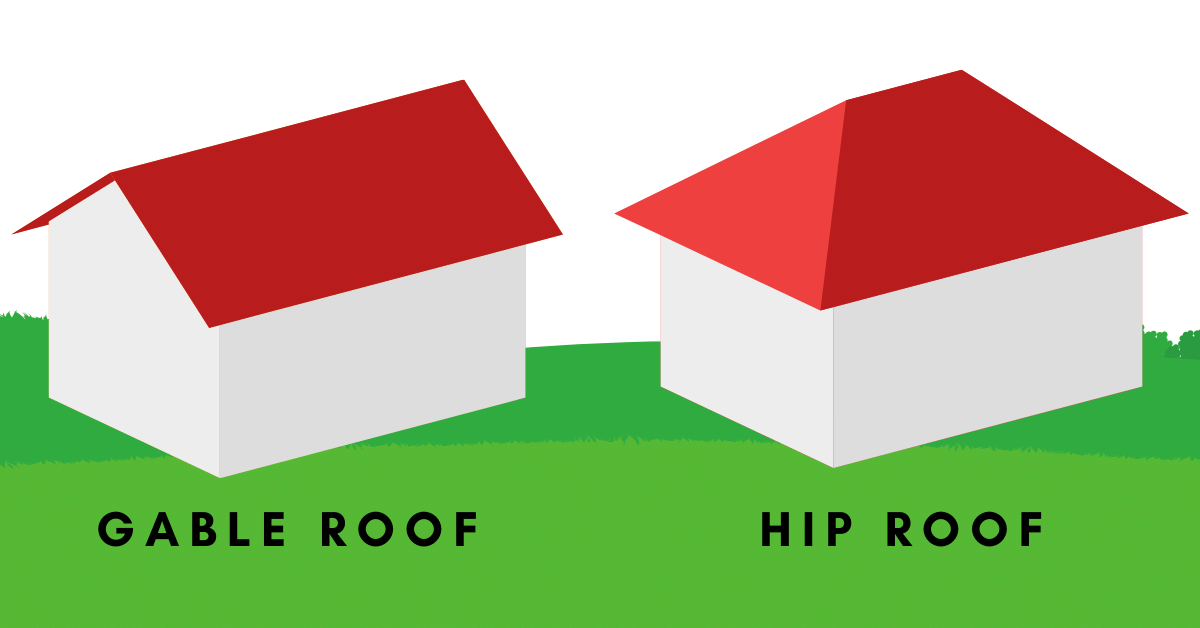
| Feature | Gable Roof | Hip Roof |
|---|---|---|
| Better performance against wind | ✅ | |
| Better performance against snow | ✅ | |
| Better stability | ✅ | |
| Easier ventillation | ✅ | |
| Cheaper | ✅ | |
| Easier to build | ✅ | |
| More attic space | ✅ |
What Are The Best Materials For a Gable Roof?
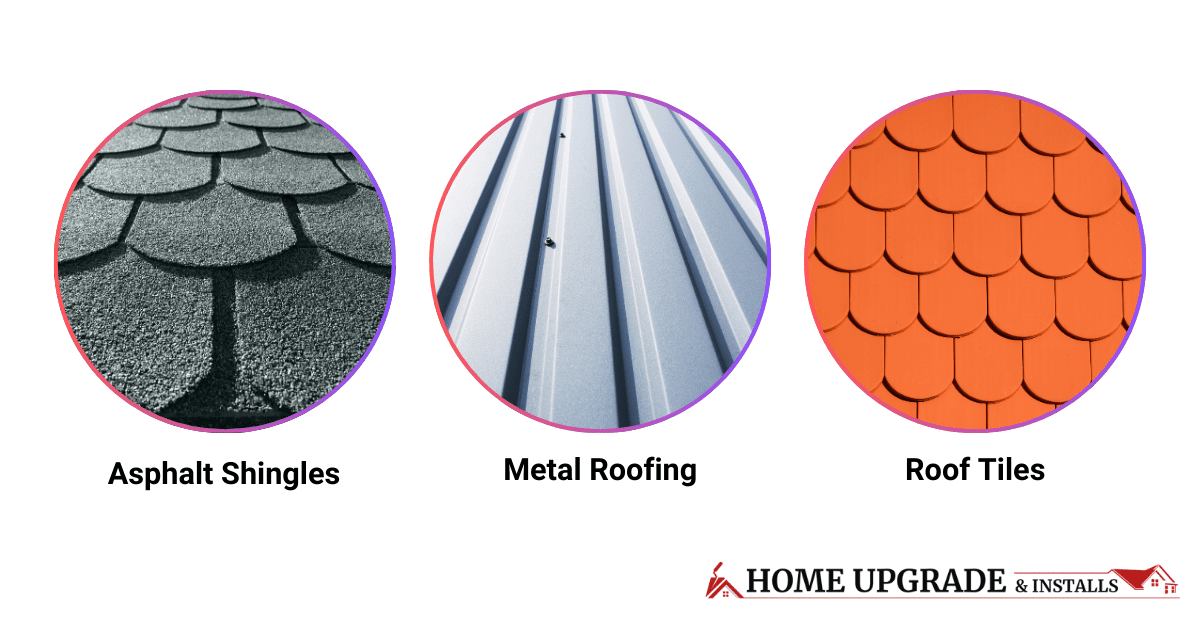
Asphalt shingles
Metal roofing
Roof tiles
Cost To Repair Gable Roof
The overall cost for roof repairs varies based on the particular problem requiring attention and your roofs material type. Typically, the average cost across the nation falls between $400 and $2,000*.
*Cost numbers in this section were sourced from Fixr and Homeadvisor.
We highly recommend comparing quotes from multiple contractors to get a personalized offer for your specific situation.
Gable Roof FAQs
- Wind Vulnerability: Gable roofs can be prone to damage in high-wind areas, especially if not properly constructed.
- Aesthetic Simplicity: The basic design may lack the architectural intricacy desired in modern homes.
- Structural Support Needs: For wider buildings, gable roofs may require additional support to prevent sagging or collapse.
The main difference lies in the structure: a gable roof has two sloping sides that meet at a ridge, forming a triangle on each end, while a hip roof has slopes on all four sides that come together at the top, eliminating the triangular gable ends.
A pitched roof is a broad category that includes any roof with a slope, whereas a gable roof is a specific type of pitched roof characterized by its triangular shape formed by two sloping sides.
A gable roof is made of two sloping sides that meet at a central ridge, creating a stand-alone structure on top of the building. An A-frame roof, however, forms both the walls and roof of a building, extending from the foundation to the peak without a separate wall structure.
The life expectancy of a gable roof can vary widely based on materials and weather conditions, but typically, asphalt shingles last 15-30 years, metal roofing can last 40-70 years, and tiles can last over 100 years.
Gable roofs are generally cheaper than other roof types because to their simple design and construction. However, costs can vary depending on the size of the roof and the materials used.
Gable roofs are versatile and can be found on a wide range of home styles, including Colonial, Craftsman, Cape Cod, and traditional ranch-style homes. They are popular for their classic appearance and effective design.

